Off season baseball/softball training in San Diego has just begun at 1RM Performance. So far, there is a trend of movement issues and injuries that are showing in the bodies of my younger athletes. Non dominant hips are much “tighter” then the hips on the dominant side. The tightness in the hips presents itself as “tight” hamstrings and “tight” hip flexors*. The imbalance between the two sides has also lead to structural changes in the athletes hips, which could be the cause for the increase in minor hamstring and hip flexor strains that parents have reported during their teams season. If this sounds like you or your child, sit back, and take a ride on the education highway!
*Why the quotation on tightness? Read: Quick Strength and Conditioning Lessons to discover more.

Baseball Specific Adaptations
Baseball is a very specific sport and can be quite demanding on the body. Not in the sense of energy expensive, but rather, in the sense of specific adaptations that take place. The SAID principle states that the body has specific adaptations to the imposed demands. These adaptations are both positive and negative. For baseball and softball players, the adaptations come in the form of mobility issues (ie. the hip), stability issues (ie. the shoulder), and a laundry list of other adaptations. During season, athlete's bodies will adapt to the stress imposed on them, which help to improve the efficiency of the athlete, which will improve their abilities on the field.
Baseball Specific Movement Issues
At the completion of a season, athletes come in all twisted, tight, and unstable. The first goal of an exercise program for my baseball and softball players is to manage and address the newly developed imbalances. Why address the imbalances? Imbalances significantly increase an athlete’s risk of injury. Your young baseball and softball player can’t perform on the diamond if they are on the bench with a strained rotator cuff, medial elbow soreness, hip flexor strain, hamstring strain, or many of the other injuries that have been presented to me this far into the off season.
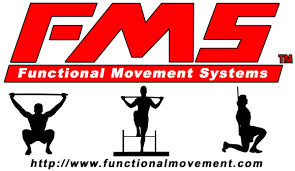
Each baseball or softball player that walks through the door is put through the functional movement screen. The functional movement screen provides a platform to assess their movement quality and see what imbalances have been created throughout the season and/or San Diego baseball career. The results of the functional movement screen provide another way to track the progress of the athletes, as well as assist in the design of each exercise program. Last week, during an FMS, a dad shared that his son’s 12 year old team has been dealing with a lot of hip flexor and hamstring issues. My first thought was this should not be happening to 12 year olds, but after the FMS, I was able to piece it all together.
Every right hand dominant pitcher I have worked with over the past 3 weeks has presented the same movement impairment. As mentioned above the FMS provides a scoring system for the athletes quality of movement. Below are mobility exercises, and the obvious mobility impairments as seen when completed on the FMS.
The videos will show you movement syndromes common in youth and HS pitchers at the completion of the season.
1. Left side straight leg worse scores lower than the right,
https://www.youtube.com/watch?feature=endscreen&v=ZlaCiimsFUY&NR=1
2. Left side inline lunge scores worse than the right side
https://www.youtube.com/watch?v=6_XOS8ybah8
https://www.youtube.com/watch?v=iYnveka3zdc
3. Left side hurdle step scores better than the right, and rotary stability with the right hand left leg
What does all this mean? Right handed pitchers show better mobility in the left hip than in the right and a greater core strength between their right arms and left leg. Here are two videos of an example of the lack of hip mobility.
https://www.youtube.com/watch?v=YOeAwVl67zI
In the videos you see a 12 year old pitcher trying to do an inline lunge and side lunge. You can see significant mobility limitations between the left and right side. On the left side notice how he draws depth in the movement through his hip but also significantly through his knee and ankle. On the right side you see limited hip and ankle mobility. It is pretty staggering, considering he is 12.
In terms of the connection between the should and core lets take a quick look at the fascial lines between the shoulder/scapula, core, and hip. The picture shows how the right scapula, and subsequent should function, has a direct affect on the left side.
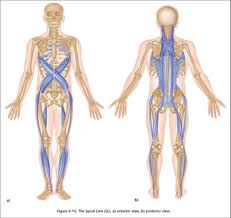
The Cause for The Mobility Issues
The reason for the significant differences in hip mobility and right side dominance comes down to baseball, a lot of baseball. If we were to look at the pitching sequence of a right hand dominant player, you will see there is a greater amount of hip and ankle mobility needed, with an increased demand in knee stability during the stride. Continually training the movement with no doubt create a difference in hip mobility between the left and right side, presenting tightness in the right hamstring and hip flexor, and greater mobility in the left hip, presenting a “loose” hip flexor and hamstring.
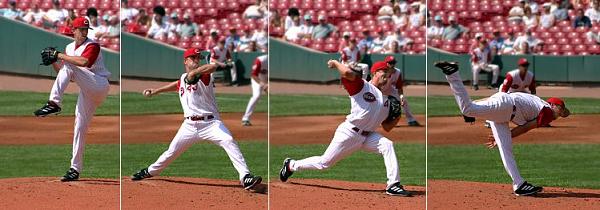
The left and right side asymmetries are further exaggerated during the swinging motion. Together, throwing and swinging will certainly cause “tightness”, and this “tightness” is one of many factors that will increase the chance for your young baseball or softball player to suffer from the minor hip flexor and hamstring strains throughout the season.
I know I’ve said this before, but kids play a lot of baseball here in San Diego. With the amount of baseball being played, having you child work with a strength and conditioning coach that understands mobility and stability issues becomes even more important.
Baseball coaches coach baseball, it is the job of the strength and conditioning coach to keep the kids healthy, maintain quality movement, and improve their athletic abilities, which will in-turn, make them better baseball players.
Correcting the Imbalances
Correcting the left and right side asymmetries that develop over the course of a San Diego baseball and softball season takes time and patience. For the athletes that score terribly on the Straight Leg Raise, they are sent straight to the wall, and get very familiar with it. Here is a picture of a kid doing a straight leg against the wall for the first time.
Kind of scary right? Needless to say he was a little freaked out when he saw his knee poke to the right. Getting his hip against the wall gave me greater insight on exactly which head of his hamstring is presenting a greater amount of tightness.
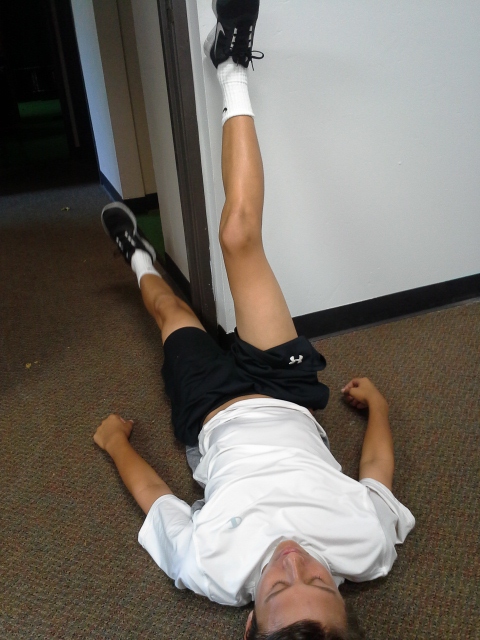
This is the positioning of his knee 1 week later.
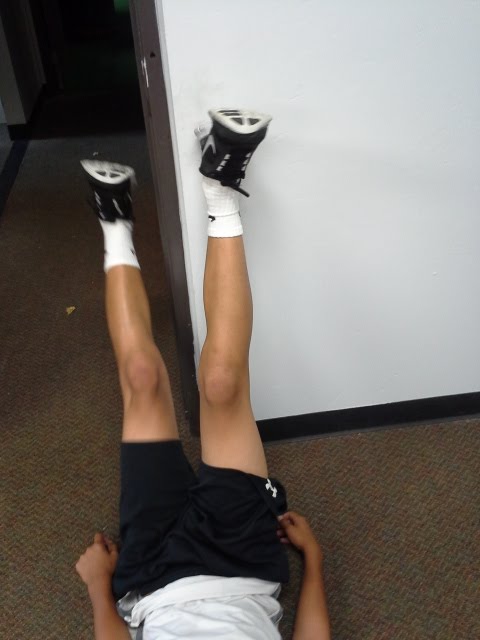
Addressing the amount of movement within the hip, often comes down to correcting the hip hinge. You would be surprised with how many athletes present an inability to complete a proper hinge.
Correcting the rotary stability comes in the form of bear crawls, anti-rotation exercises, and multi-segmental rolling.
Continuing to Address Mobility
An athlete’s mobility is retested and analyzed every time he warms up or completes mobility exercises. The typical rule of thumb is if the movement impairment isn’t improving within 2 weeks you are looking in the wrong spot.
So far this offseason, I have seen some awesome improvements in my athletes. Just last night, a new cue unlocked a proper squat pattern in an outfielder that hasn’t been able to squat properly for 3+ years.
Hopefully, the information in this article sheds some light on the movement issues if you are a baseball or softball player, or the parent of a baseball or softball player here in San Diego. These are only 3 of the many many movement impairments presented every day.
Have a strong day!